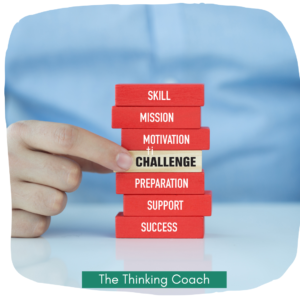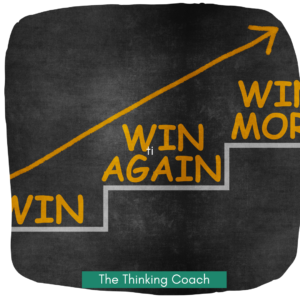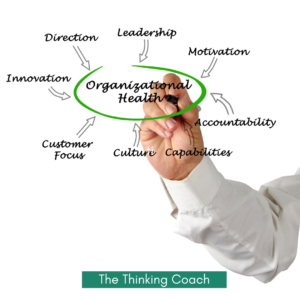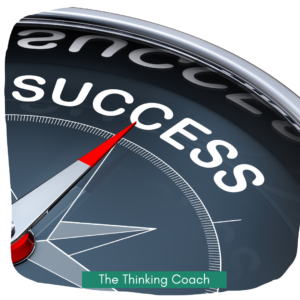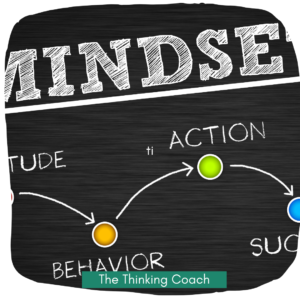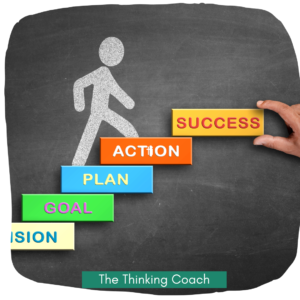Welcome to our exploration into Strategic Communication—a key element in enhancing your interpersonal communication skills.
In this installment, we’ll delve into the 5 tips that can significantly elevate your crowd communication, but rest assured, they are just as relevant in one-on-one interactions.
If you missed the initial 5 tips, you can catch up in the first article here.
Before we dive in, let’s emphasize once more that effective professional communication should be underpinned by strategic thinking and planning.
These are not just skills; they are the driving force that transforms communication into a vehicle for individual and group excellence.
1. The Power of Eye Contact: Connecting Through Visual Engagement
Mistake – Lack of eye contact conveys a message of disconnection. This blunder often occurs when presenters excessively rely on PowerPoint, turning their backs on the audience.
Solution – Live your message by minimizing dependence on visual aids. Establish eye contact and sprinkle in smiles. When engaging in one-on-one communication, employ a soft and friendly gaze to connect with the power of positive thinking. It’s a subtle yet transformative gesture that fosters openness and enhances retention levels. Remember, eye contact is a vital component of body language.
2. Managing Tension: Projecting Calmness through Strategic Planning
Mistake – Transmitting tension to the audience due to personal nervousness.
Solution – Integrate strategic thinking and planning into your pre-communication routine. Envision how you want to project yourself—whether as cool, calm, and collected, or friendly and approachable. This proactive approach, a facet of strategic communication, significantly influences the level of engagement. An additional non-verbal communication tip: Smile until you feel calm—it works!
3. Balancing Seriousness with Humor: The Role of Levity in Communication
Mistake – Delivering a presentation that needs to be more serious, and devoid of humor.
Solution – Humor acts as the lubricant in your presentation machinery. It facilitates a smooth flow, making the learning process more enjoyable. Remember, interpersonal communication is part of an engaging employee training experience, not a somber lecture. Prepare humorous interjections aligned with your presentation to maintain an engaging atmosphere.
4. The Dynamics of Tone: Adding Life to Words through Varied Inflection
Mistake – Adopting a monotonous voice that fails to convey the intended meaning.
Solution – Words spoken in a monotonous tone have minimal impact. Strategic communication involves matching your tone to the emotional content of your words. If you wish someone a “good morning,” infuse it with a tone that actually feels like a good morning. Before delivery, employ strategic thinking to decide what emotions you want to evoke through your body language and vocal tone.
5. The Art of Brevity: Crafting Impactful Messages with Positive Vibes
Mistake – Boring the audience with an excess of negative words.
Solution – Mastering brevity is an art. Choose words wisely, aiming for economy over verbosity. Within brevity lies the ability to use precise, positive language that resonates with your audience. Positivity, rooted in the power of positive thinking, is a hallmark of strategic communication. Studies highlight that positivity is a staggering 900% more effective than negativity. Craft your message with brevity and steer clear of excessive negative language.
Strategic Communication Seminars by The Thinking Coach
Communication is a powerhouse, yet it’s often misused, setting off a negative chain reaction. Fortunately, corrections can be made, as demonstrated in my role as the life coach for professionals over the past 25 years.
This article aimed to showcase the impact of strategic thinking and planning on your communication skills. It’s a tool you can wield effectively with persistence.
There are more strategic tips to build upon these foundational ones. Starting with these and persistently applying them will reveal the transformative power at your disposal.
The Thinking Coach Strategic Communication Training Seminars
Every strategic point discussed in this article finds its place in our seminars. These highly effective soft skills training sessions empower professionals with top-tier interpersonal and crowd communication skills. They assist in turning common communication mistakes into powerful assets.
Communication studies reveal that individuals form opinions about others within 3 seconds to 1 minute—a remarkably brief window. Strategic communication training, a cornerstone of The Thinking Coach’s Leadership Training seminars, acknowledges this fact. It’s the initial skill by which people perceive and judge you. If persuasion is your goal, strategic communication becomes paramount.
In conclusion, the value of strategic communication is immeasurable. Correcting course is possible, and this article serves as a starting point. Apply these principles persistently, and you’ll witness the transformation of your communication skills into a potent force for success.
CALL ME I AM HERE FOR YOU
Eli Harari
The Life Coach for Professionals™












